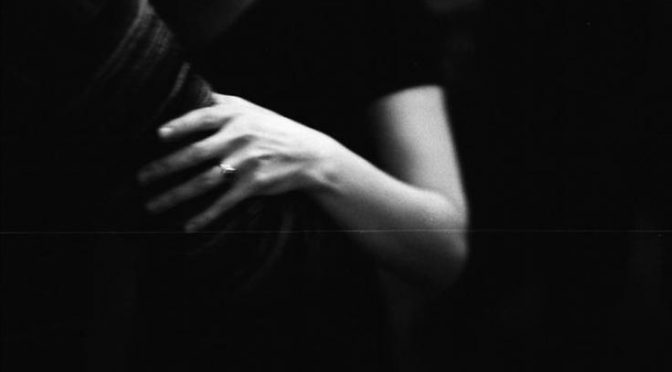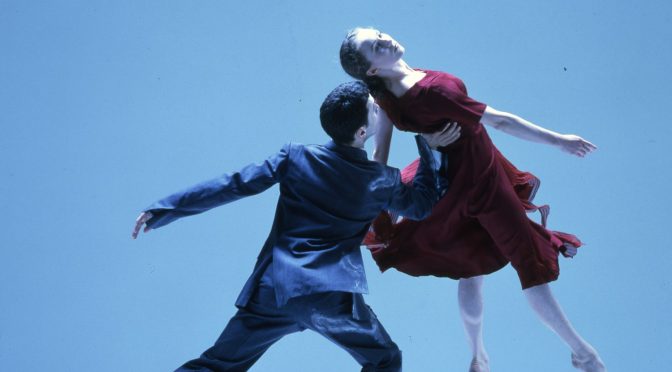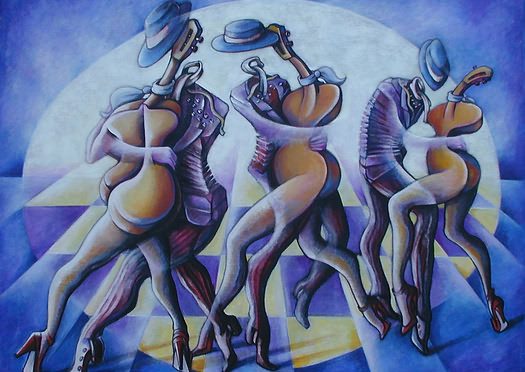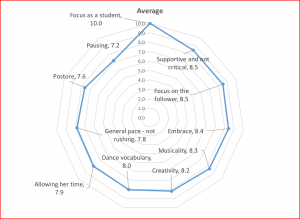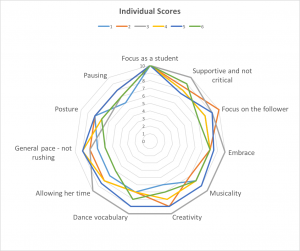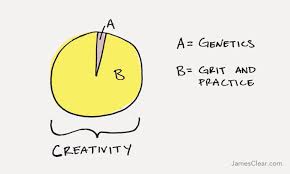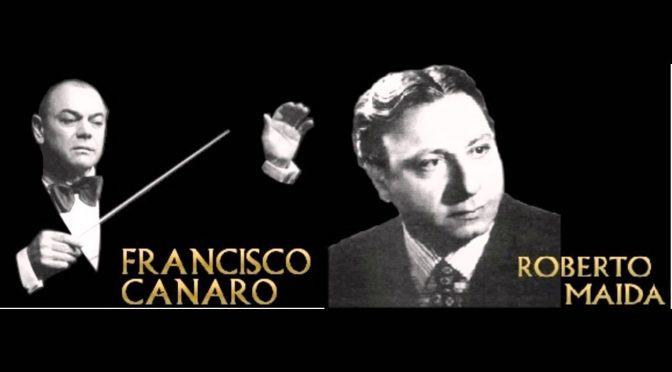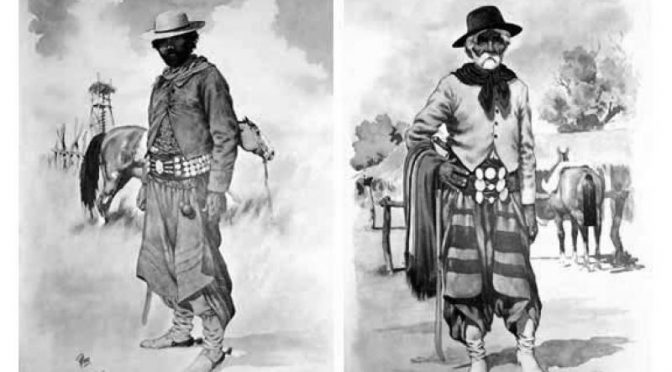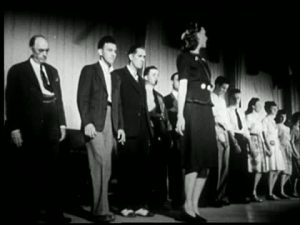There is a fantastic explanation of the call and response ( question and answer ) nature of much Tango music here – by Tangomonkey.
This is part of the great site Tango Musicology.
This is such a good article to read – in fact for non-musicians like me the whole site is well worth browsing through. But I particularly have been thinking about the whole issue of call and response – and that once we become sensitive to this as Tango dancers how should we dance within this intricate musical structure?
Hearing it clearly is one thing, and fulfilling in itself – but as one of my teachers expressed so well – “our job is to show the music dance”.
So how should we move within the structure of a call and a response? How do we express this dialog between our bodies as we dance?
The first way I think is purely a matter of phrasing. Phrasing is so important to the enjoyment of Tango – and in the context of this post it could clearly be a foundation in our response if we make sure that we pause at the end of the question, and again at the end of the answer.
Blundering through everything is just going to be inappropriate and frustrating for our partner. In other words we clearly acknowledge the two sections.
The second is perhaps a little too literal for some – but we can echo the rise and the fall of the question and answer by how we pause. The end of the question, for me at least, cries out for a suspension – and the end of the response can be more down, more into the floor.
Executed well level changes have a lot of meaning that I think can be used within this structure.
Then we have the inevitable and for me fascinating exploration that at least in the traditional world, and within the structure of the Tango dance itself – it is the leader who might be expected to pose the question – and the follower who might – if she wishes to do so – indicate a response.
At a basic level the response might be ‘not yet’ or ‘perhaps’ or ‘no’ or ‘yes’,
Or perhaps even ‘yes but I cannot’ – or ‘prove yourself first’.
Or she may wish to indicate that she heard the question, but wishes for now at least to hide her answer. Or that she is not interested in even finding an answer – but then perhaps this might not be Tango at all. She has decided to dance by herself.
So perhaps the leader can confidently and clearly lead her to the cross as a question, where really the follower is strongly lead and she responds by moving very confidently and connected to him as she clearly acknowledges the question. But as she comes back towards the leader, pivots and turns across him the leader might provide a lot of time for her to execute this response with many different approaches and styles.
So it seems to me that the call and response is a way to hand over and take back the essence of leading, just as we would speak and then listen in the natural flow of a conversation that involves a question and an answer.
It is another aspect, I think, of the essence of inviting her first, seeing that she responds and only then as a leader following her – that we all feel in the essence of the way we walk in Tango.
What must be very frustrating is when we as leaders do ask the question, but completely forget to listen to the answer that our partner has all the technical skills and emotions to provide.
She too is with the music, let her show you her response.



